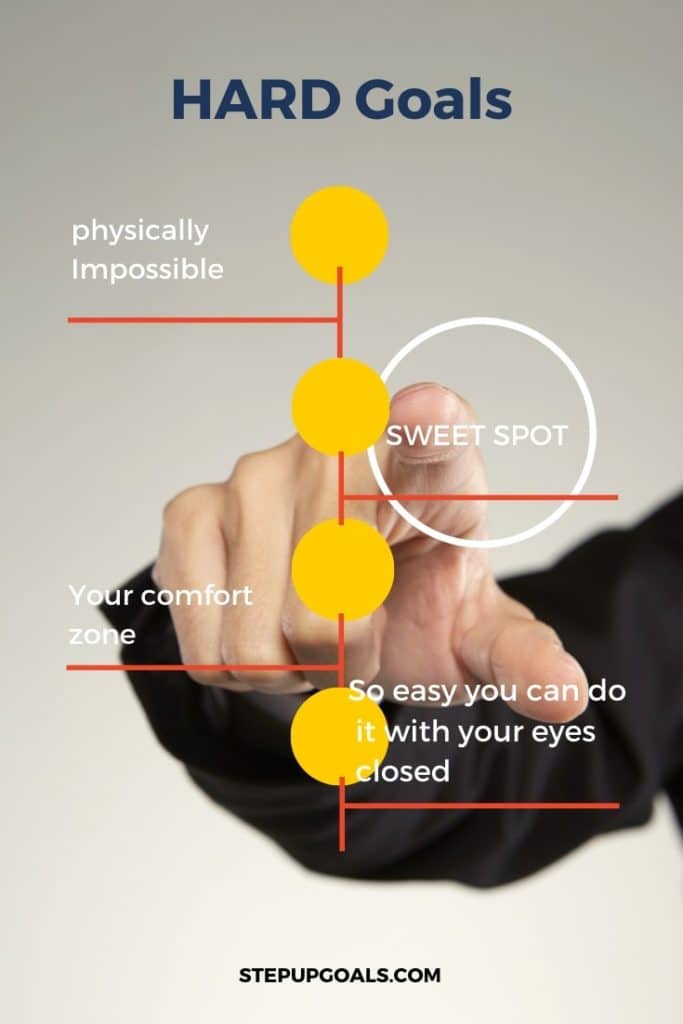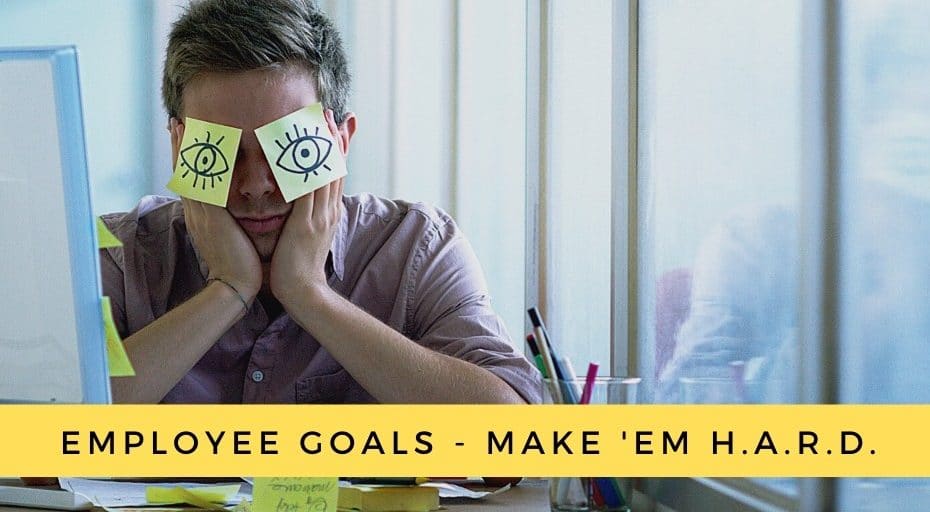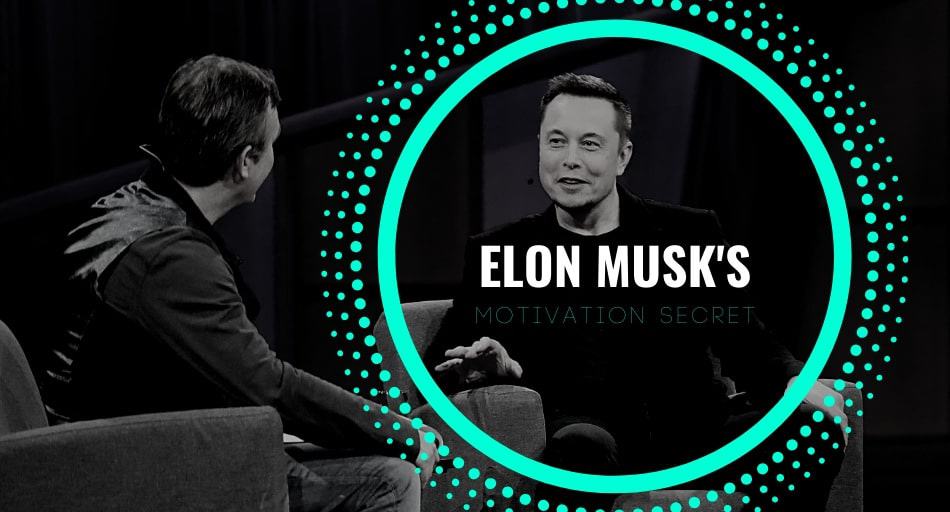What Are Employee Goals?
Employee goals are vital to every organization or business. Their proper implementation can help any organization scale faster with an added bonus of accountability across the board.
Employee goals are derived from the overall company strategy and its short-term and long-term business goals. They should clearly reflect the company’s overall growth strategy in order to be effective.
As a Gallup research from 2015 showed, almost half of employees strongly indicate that they do not know what’s expected of them at work.
That means they weren’t given clear job descriptions to guide them and employee goal setting was lacking or non-existent.
Let’s start with ourselves. If you are not the business owner you are an employee as well. Even if you are a manager or CEO of the company. Now, think about your goals and how they line-up with the company’s goals. Is the fulfillment of your employee goals driving the growth of the organization?
If you see a discrepancy, try to fix it and align it back to the overall big picture and the mission statement.
Only when every cog in the machine is working in unison, by completing the performance goals of every employee, can the machine itself go forward and upward.
How to set up Employee Goals
Make Them SMART HARD
We’re all familiar with SMART goals (Specific, Measurable, Achievable, Realistic, and Time-bound) but have you ever heard of HARD goals?
HARD stands for – Heartfelt, Animated, Required and Difficult.
It is a concept developed by Mark Murphy, a New York Times bestselling author and lecturer. It comes from his 2009 book Hundred Percenters: Challenge Your Employees to Give It Their All, and They’ll Give You Even More.
Murphy believes that HARD goals make people stronger, more courageous, and more confident to go after bigger and better things. And, oh boy, do we need that.
According to his survey, 77% of leaders believe their employees are not giving their 100%. That is spot on because 72% of employees say they don’t!
Most of your employees are nice people that do good work. But is good good enough? Should we not strive for great and exceptional? Why aren’t most of us giving 100%?
How many Tiger Woods’ are there in your company (the golfing genius side, not the reckless personal life side)? Who’s pumping their fist at the end of the day happy with their exceptional work and not because they’re finally going home?
“Do we really think that Steve Jobs or Jeff Bezos or Google’s founders resort to little gimmicks to accomplish their goals? (Seriously, do we have the iPad, Kindle, and Google search engine because somebody put a sticky note on their fridge?) Or do we think that they’re so deeply connected to what they’re doing, that their goals are so important and meaningful to them, that they’ll swim through a pit of alligators to fulfill those goals?”
Mark Murphy, HARD Goals
Read also my article on why you need a big and audacious goal Your Killer BHAG – Easy Ways To Supercharge Your Big Hairy Audacious Goals
How Do We Make Monday The Favorite Day Of The Week?
Let’s have a closer look at every aspect of the HARD acronym. I’ll start off with:
Animated. Ask your employee the question: “Think about where you want your career to be, and describe to me exactly what you’re doing (what kind of work you’re doing, who you’re working with, what your days look like, etc.) one year, three years, and five years from now.”
You can see why this question is so important. It forces people to visualize where they are and what they are doing – now and in the future.
People who answered Always (or Almost Always) to the question “I can vividly picture how great it will feel when I achieve my goals” had 49% higher employee engagement than people who answered Never (or Almost Never).
It is why visualization is so important in athletes. High performing athletes use this tool to ‘intend’ an outcome of a race or training session, or simply to rest in a relaxed feeling of calm and well-being.
Generally speaking, visualization is the process of creating a mental image or intention of what you want to happen or feel in reality.
Visualization alone will not get you anywhere. “The secret” is not to visualize. It is there to clearly see and define where you’ll be if you act upon your goals with hard work and intent.
Heartfelt. Murphy suggests you ask your employee: “Describe at least three reasons why you want this goal”
The reasons can be intrinsic, personal, and/or extrinsic. We need to see if there is a deep desire to achieve the goal and what the reasons are?
You are more likely to pursue any goal you have a strong connection with.
If your employee is on a path of becoming a manager but the reasons behind it are wrong, he or she is more likely to give up on the goal before even achieving it or even worse, once they get the actual position. That is a tremendous amount of time spent by both the employee and his manager.
Required. “What do you need to have accomplished by the end of the next six months to keep on track toward achieving this goal? What about by the end of the next 90 days? The next 30 days? What’s one thing you can accomplish today?”
In order to prevent the employee from procrastinating to the last moment, we have to show that even the long term goals have a sense of urgency and that it starts today.
Day zero can be used for mapping out the journey and plan the steps needed for fulfilling the goal.
Difficult. “What are the three to five most important skills you’ll need to develop to achieve this goal? How will you develop those skills?”

With these questions, we’re trying to analyze what skills the employee currently has and what skills are needed to achieve the goal. We’re signaling that there’s no space for complacency and that it will be a challenging road to achieving employee’s goals.
Examples Of Great Employee Goals
Obviously this requires an individual assessment of your employee and should not be a blanket goal for half the company’s staff.
We can still have a look at what some of these goals would look like.
Education
“To finish the company management program in two years as the top of the class”, another similar goal would be “to complete a reputable university MBA in two years as the top of the class.”
Sales
“Get 100% more sales this holiday season than the previous year while maintaining the same profit margins.”
“Touch base with all past customers in the next three months and upsell them services worth $20,000.”
Sustainability
“Reduce my department’s waste by 80% in the next two months and work with other departments to encourage them to do the same.”
“Negotiate a price under $1.000,000 for ten new zero-emission vehicles for the company van fleet.”
It is not easy to give great goal examples without the proper context of course.
Conclusion
Your job as a manager or a supervisor is to bring out the best in your employees. You have to instill in them the notion that high achievers aren’t superhuman. They are ordinary people just like the rest of us with ordinary intelligence, talents that are nothing out of the ordinary and backgrounds that are the same or even worse than ours.
In fact, this is all backed-up by study after study.
As Murphy says in his book;
They’re simply more motivated, harder working and more intensively focused than the average person. Attitude begets aptitude in every case you care to analyze. The stellar performers in every field get there through their ferocious work ethic and by putting in enough practice to develop the skills required. There are no “right” or “wrong” genetics involved when it comes to any individual reaching expert status in their chosen field and then going on to do extraordinary things. Difficult goals are within your reach – just like they are for everyone else.




